When I built my first gaming PC, I plugged in a Belkin N52 instead of a gaming keyboard. Being weaned on the Genesis and playing almost nothing but console games since, I felt like I’d be useless without some kind of thumbstick. Although I eventually got used to full WASD controls, I kept the dedicated left-hand keypad: I love the way it allows for a different feel for gaming input versus a keyboard.
Razer bought the design from Belkin and turned it into the LED-adorned “Nostromo,” following that up with the Tartarus and Orbweaver, and still sells a keypad that’s more or less the same 15 years later. The Logitech G13, long since discontinued, was the only notable alternative at the time — the Azeron is a newer spin on the idea.
But there’s one thing that’s missing, at least according to my “battlestation” sensibilities: wireless. My custom-made keyboard, mouse (also a Razer), and gaming headset are all wireless, but this one crucial component remains stubbornly tethered to a USB port.
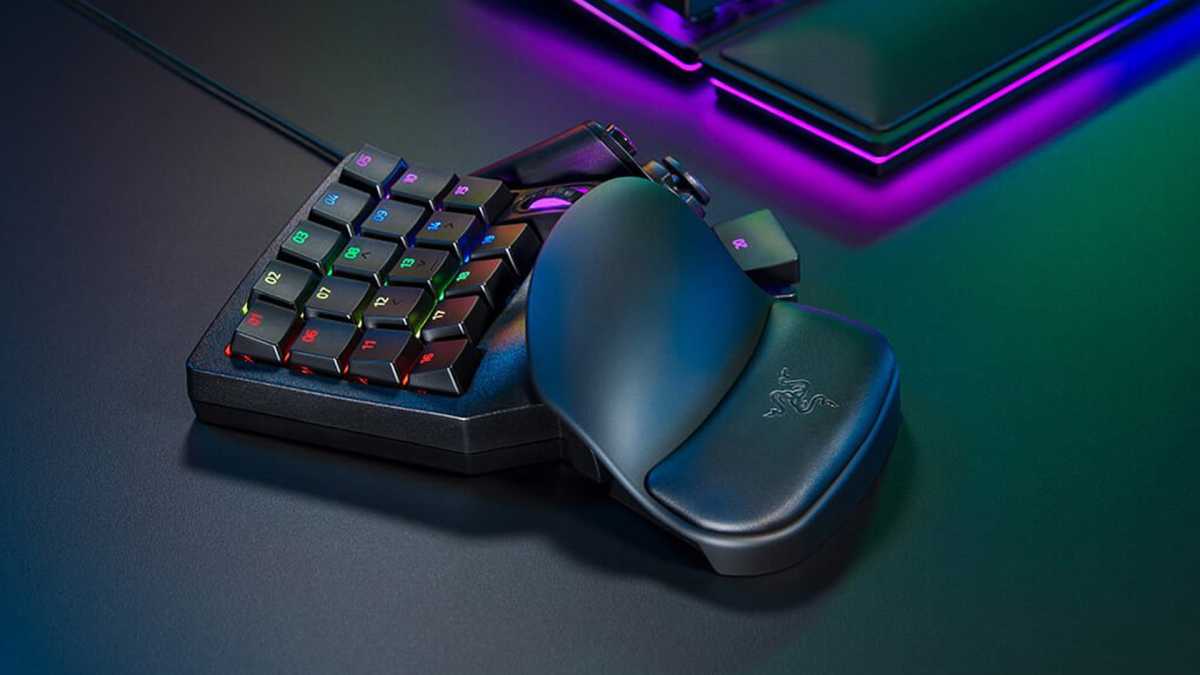
Razer
I’ve been waiting for Razer or one of its competitors to make a wireless Tartarus for over a decade. At one point I even drilled a hole in my desktop just so I wouldn’t have to look at that unsightly wire. But a few years ago I got tired of waiting, and I built one myself. Here’s how I did it.
I’m still begging Razer to make a wireless Tartarus (seriously, any Razer employees reading this, I’m literally begging you).
“Built” is perhaps a bit generous. I don’t have the electronics knowledge to truly build an input gadget from scratch, especially one that’s wireless. But after several years of assembling mechanical keyboards, I figured I had the tools and skills necessary to modify some kind of existing design into something that would suit me perfectly.
Step one was finding the base gadget. I needed something that roughly matched the one-handed design of the Tartarus. There are a few of these around, and more have become available since mobile gaming exploded. But finding one that was A) wireless and B) didn’t use Bluetooth (because the latency isn’t low enough for PC gaming) was a bit of a challenge.
I settled on a goofy little pad from a smaller gaming accessory maker, the GameSir VX. This half-board-and-mouse combo is technically designed for consoles. The idea is that you plug the wireless dongle into a console, plug a controller into the secondary port, and the input is rerouted to the mouse and keyboard. (This is borderline cheating for multiplayer console games, especially shooters.) But the 2.4GHz dongle can plug into a PC just fine, and the mouse isn’t necessary for it to function. I had a base.
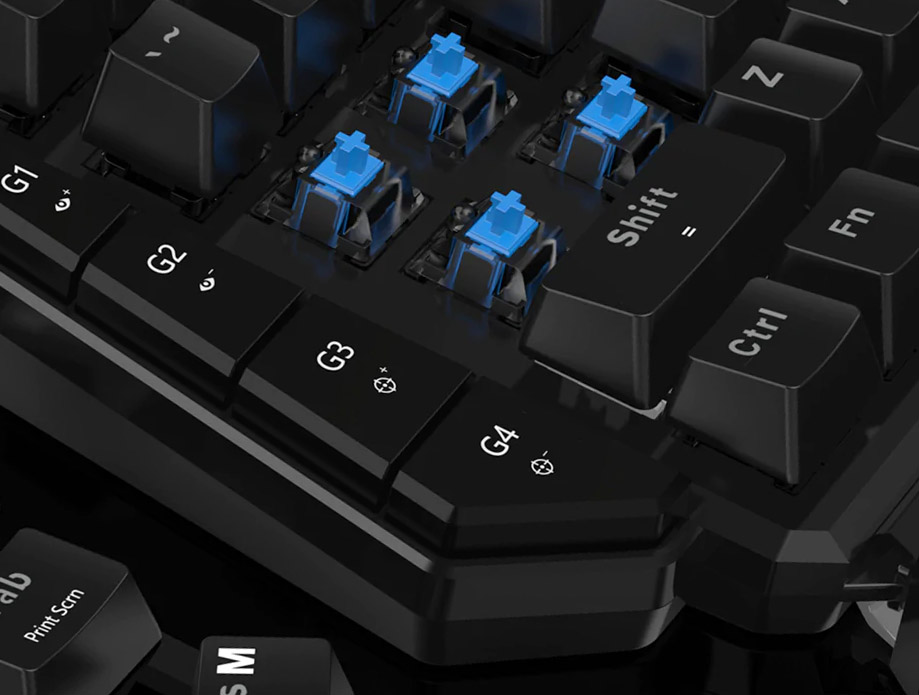
First order of business: Get rid of those slow, clicky Blue switches.
GameSir
The first modification was to replace the cheap, clickly switches. Like many off-brand gaming keyboards, the VX used the most common switches around, “Blue” clones from TTC, which are slow and tactile and not great for gaming. I disassembled the unit and exposed the PCB, then de-soldered all the switches and replaced them with Kailh BOX Dark Yellows. These are linear switches, smooth and great for gaming, with a little extra stiffness that I prefer.
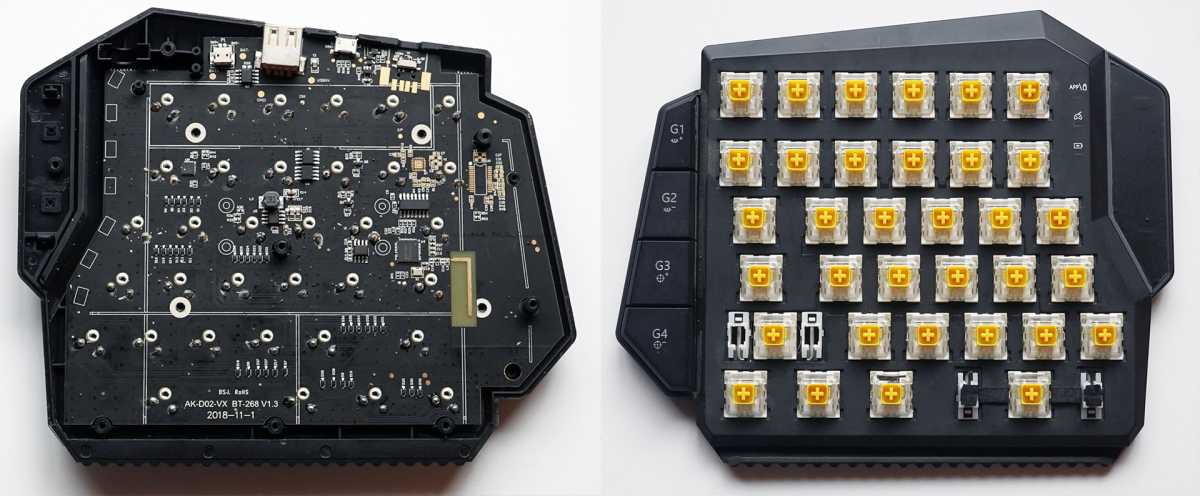
Michael Crider/IDG
Since I disassembled the case anyway, I decided that the thing needed a more beefy battery. I ordered a 3000mAh LiPo battery and a connector to match the existing one. This would give the gadget roughly triple its original battery life. Of course with a triple-sized battery I had to make some extra room inside the case. Not a problem: My trusty Dremel tool cut away some of the interior divisions of the plastic housing. I added a bit of foam to protect the battery from the pointy bits of the PCB.
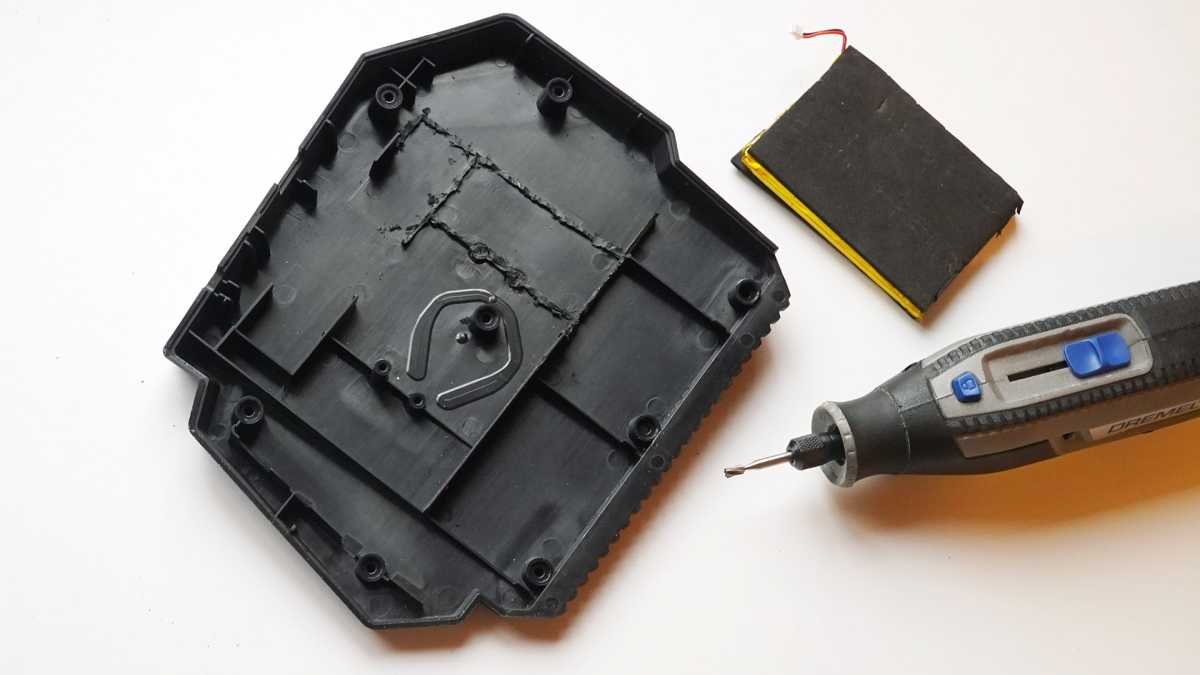
Adding a larger battery required removing some of the plastic case with a Dremel tool.
Michael Crider/IDG
With the switches replaced and the battery upgraded, the interior modifications were finished. I closed up the gadget, then added some big, premium keyboard feet on the right side. This gives it an extra half-inch or so of height on the right side, with a comfy ergonomic slant. The feet are also strongly magnetic, which will be useful later. (I honestly don’t know where these feet came from — they’re left over from one of many, many keyboard projects.) I added a wrist rest with my favorite comfy cushion to replace the hard plastic one that comes with the GameSir VX .

I added some beefy feet for a little ergonomic cant, and some bonus magnetic powers.
Michael Crider/IDG
Being a mechanical keyboard nut, I wasn’t in love with the aesthetics or feel of the cheap ABS keycaps that came with the VX. I replaced them with (also cheap, but much less so!) PBT keycaps in a DSA profile from KPRepublic. Fortunately the keys mostly match up on a standard keyboard. Note that the small space bar on the VX is a non-standard size — the long right Shift key from the keycap set is a suitable replacement, although it needed a bit of foam to stand in for the stabilizer.
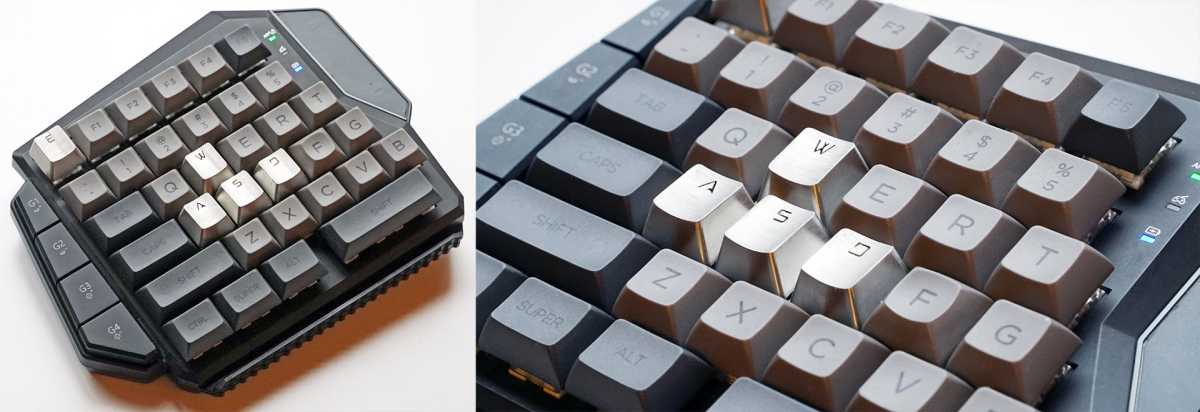
Michael Crider/IDG
Just for a bit of extra flair, I added full steel keycaps for the WASD and Escape keys. Not only are these a different material, they’re a different height and profile from the surrounding keys, making them easy to distinguish without looking. As a final cosmetic touch, I took off the garish GameSir logo sticker and replaced it with a bit of hand-cut black vinyl instead. Bam, the project is finished.
Now my custom, wireless mini-board with stiff, linear switches lives to the left of my main board, which uses soft but tactile switches for long typing sessions. The battery lasts for months at a time, and its 2.4GHz connection is fast and rock-solid. When I need a little extra space, the magnetic feet that give it a bit of a slant can be used to stick the device to my PC case to get it out of the way.
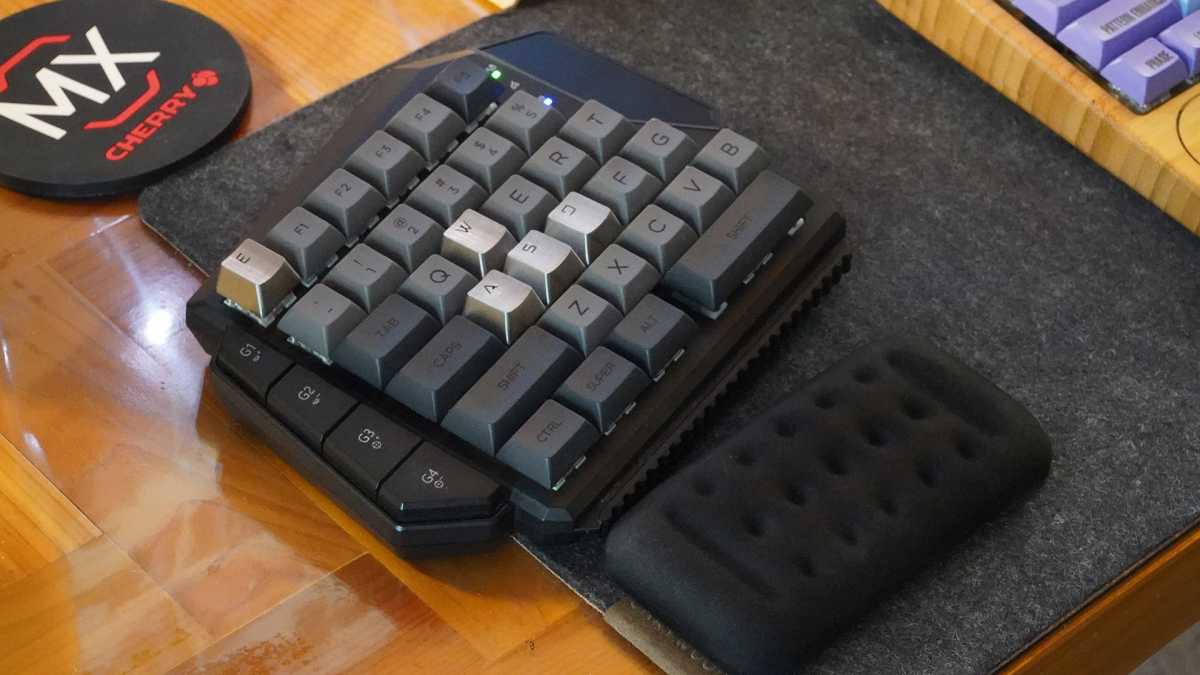
Michael Crider/IDG
It’s not a perfect solution. The GameSir VX lacks extras like a thumbstick or scroll wheel, and being designed mostly for consoles, the keys aren’t reprogrammable. This isn’t a big deal for gaming keyboards – more or less every PC game lets you rebind control keys. But I’d love to be able to add easy media controls. And on the few occasions when I I give need to recharge it, I have to dig out a MicroUSB cable. I’d much rather it use USB-C.

When not in use, I can use those magnetic feet to stick the keypad right on my PC under the desk.
Michael Crider/IDG
But overall I’m very pleased with the result, and I’ve been using it for all my mouse-and-keyboard games for a couple of years now. I’m still begging Razer to make a wireless Tartarus (seriously, any Razer employees reading this, I’m literally begging you) but this I will do in the meantime.
By the way, if you also want a wireless left-hand keypad for PC gaming, Redragon built one a while after I finished customizing the GameSir. It doesn’t have the nice switches or keycaps of my project, but it’s a good enough option for this extremely specific niche — and maybe an even better basis for a similar customization project.